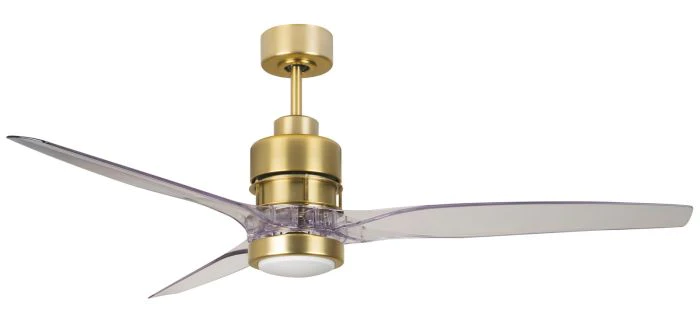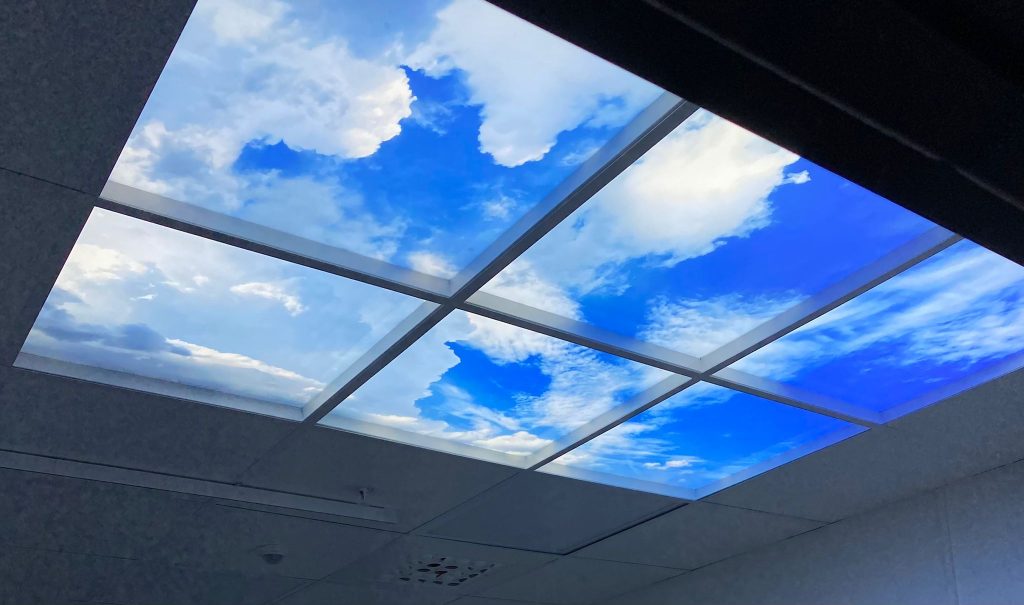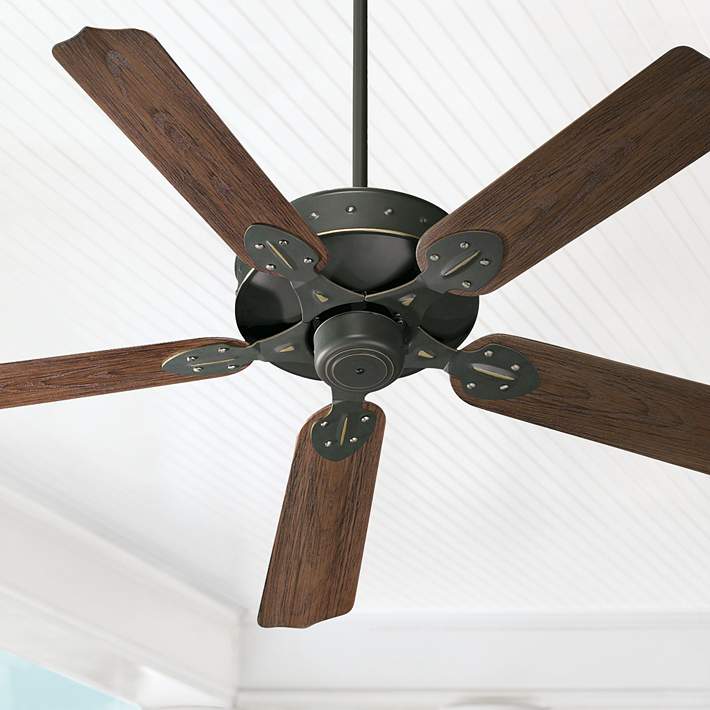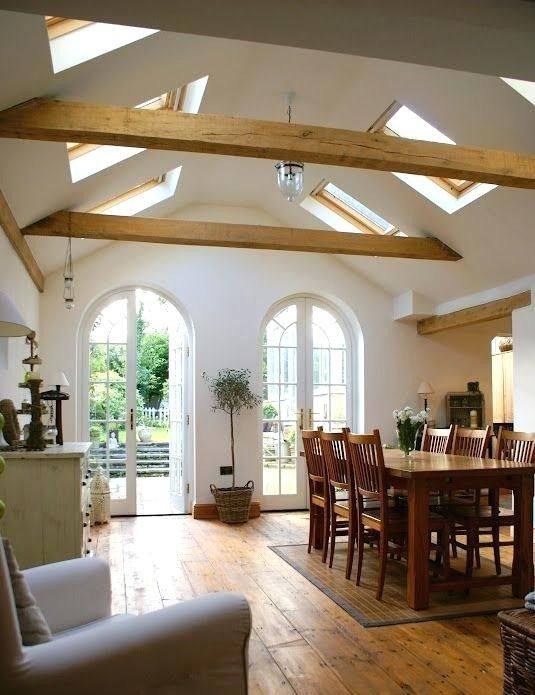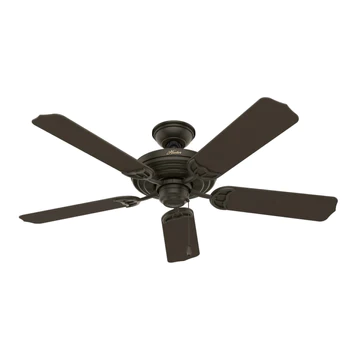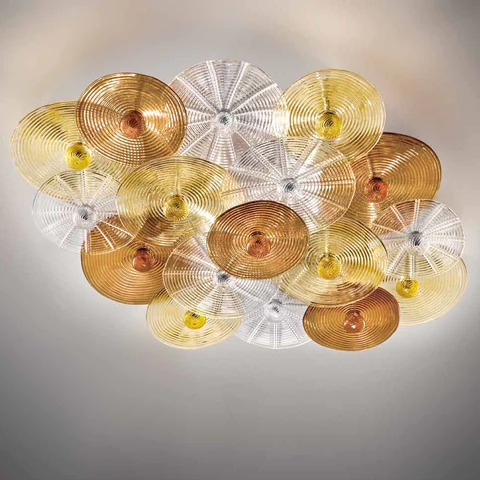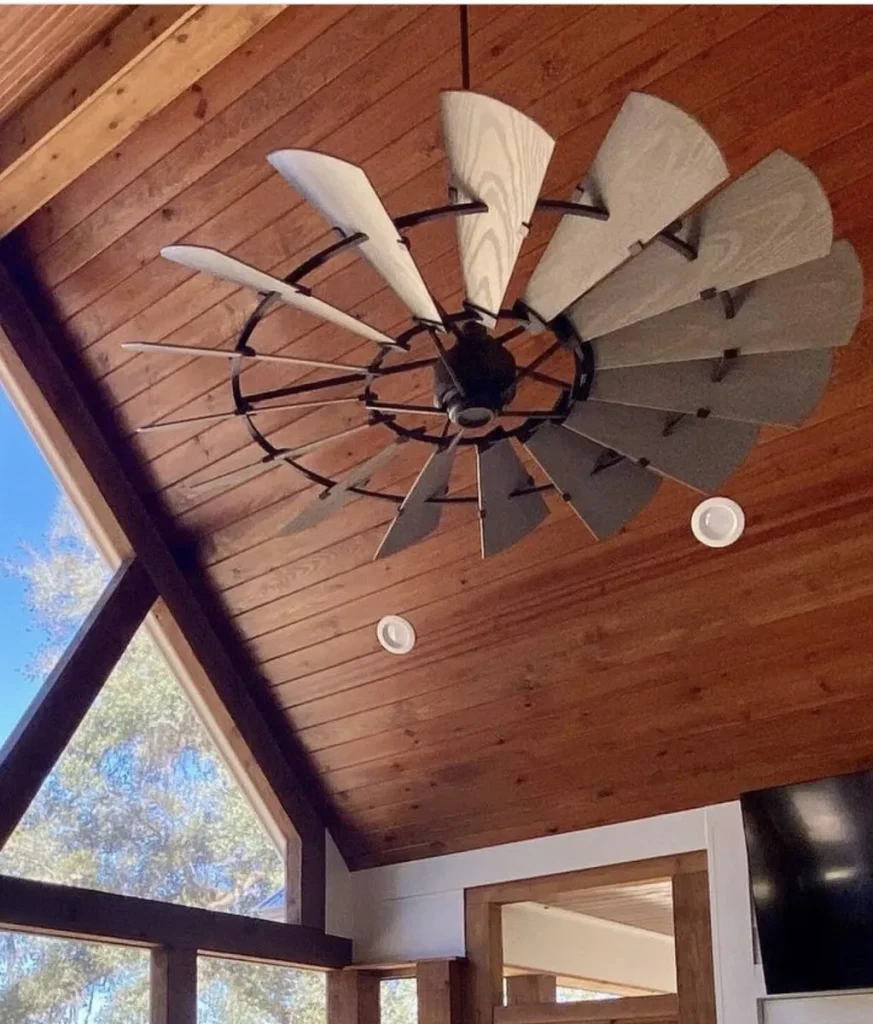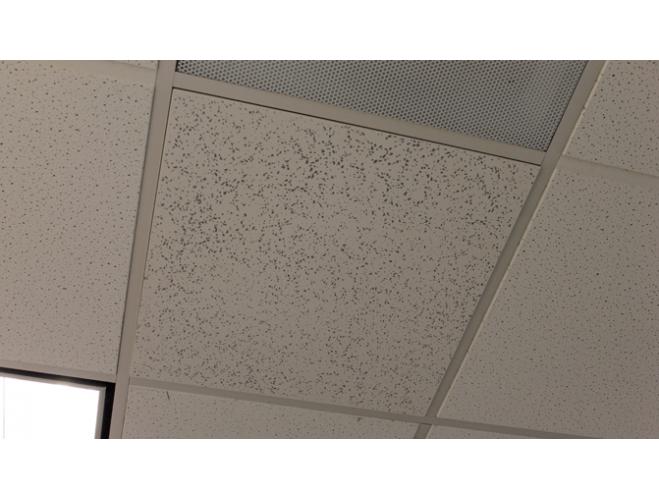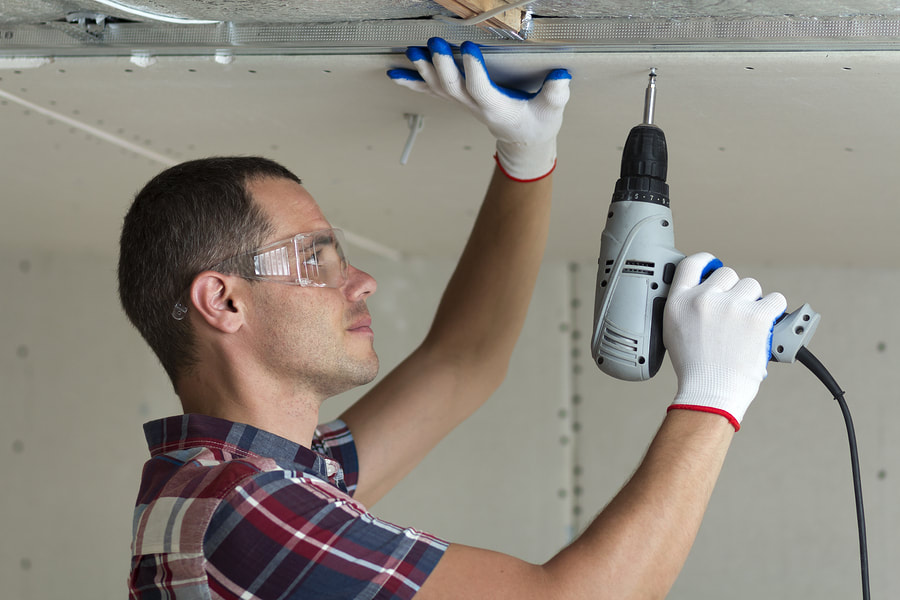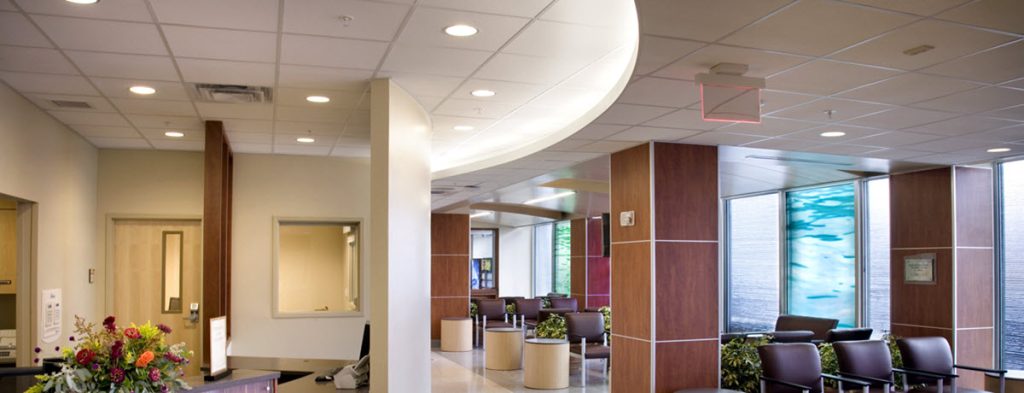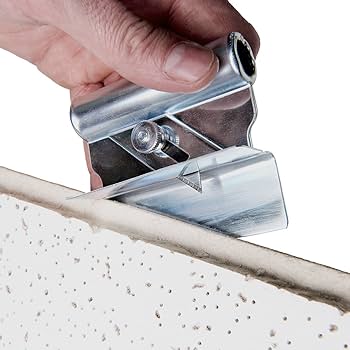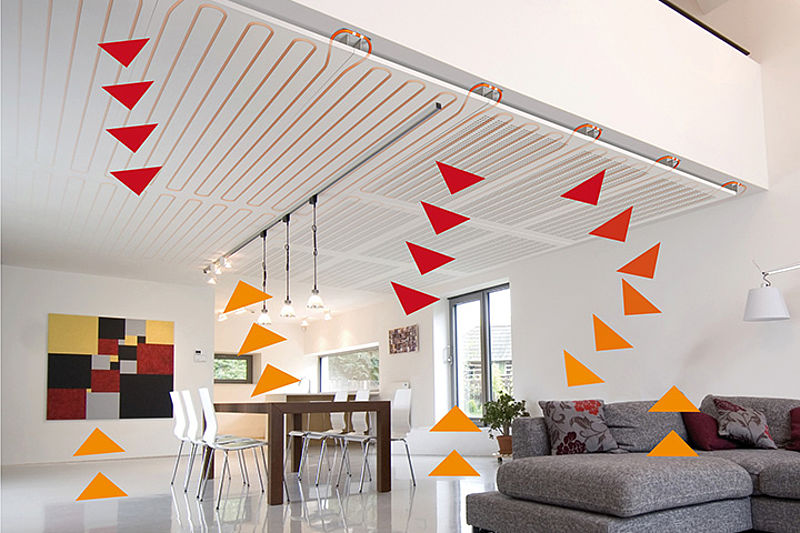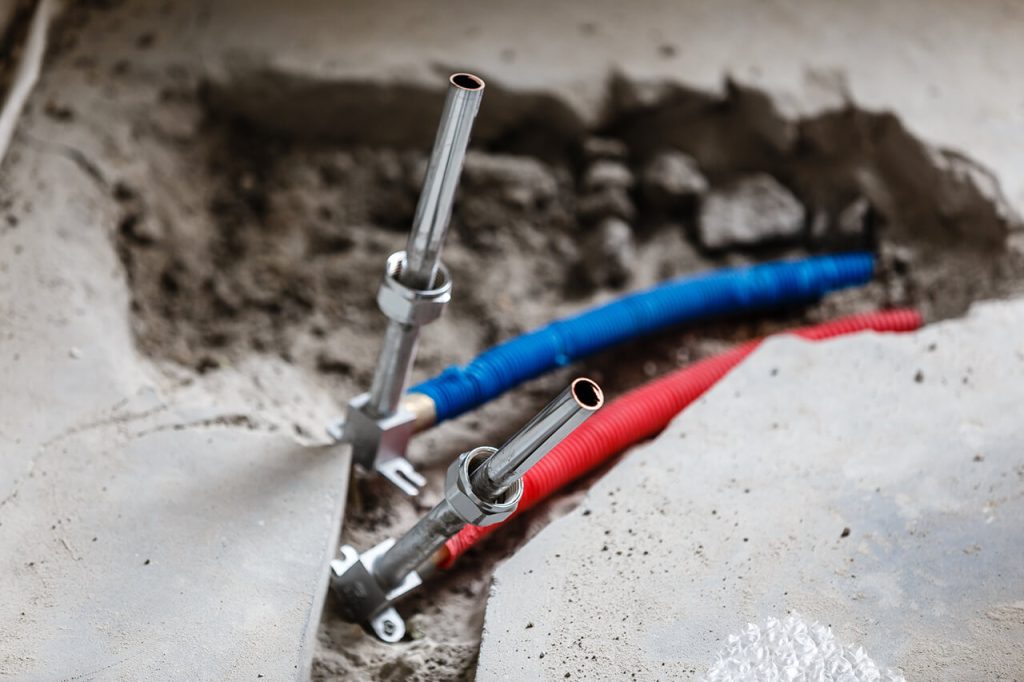Are you looking for a hassle-free solution to install ceiling panels in your space? Look no further than T bar ceiling clip. These innovative clips offer a simple and effective way to secure ceiling panels to T bar grid systems, providing a seamless and professional finish. In this comprehensive guide, we’ll explore everything you need to know about T bar ceiling clips, from their features and benefits to installation tips and techniques.
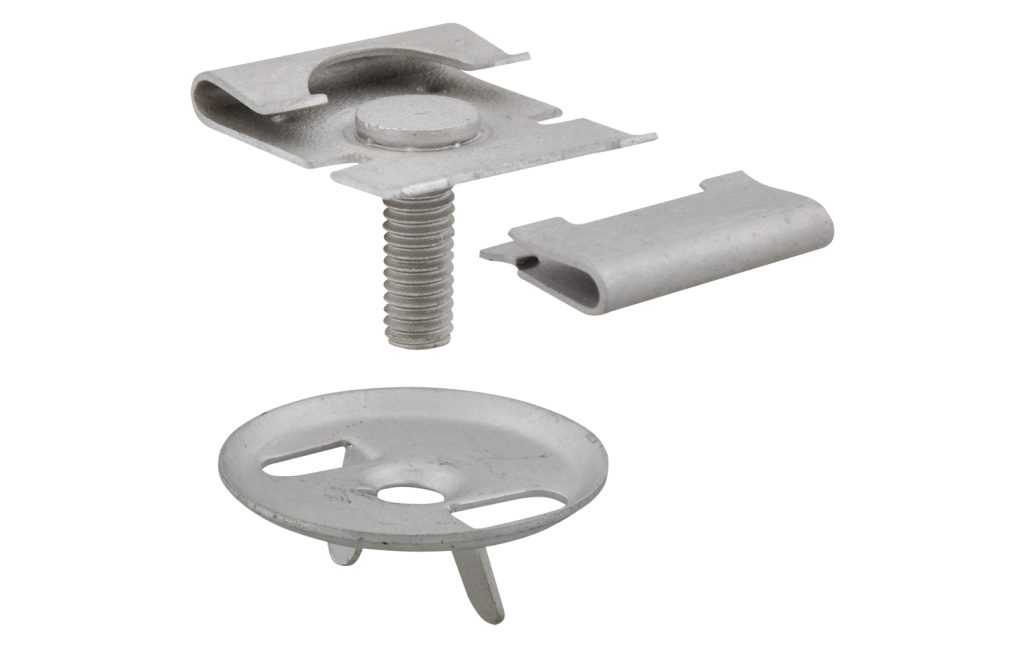
Understanding T Bar Ceiling Clips
What are T Bar Ceiling Clips?
T bar ceiling clips, also known as T grid clips or T bar hangers, are metal fasteners designed to attach ceiling panels to T bar grid systems. These clips are typically made of durable materials such as steel or aluminum and feature a hook or clamp mechanism for securing the panels in place.
Key Features
- Versatility: T bar ceiling clips are compatible with various types of ceiling panels, including acoustic tiles, drop-in panels, and suspended ceilings.
- Ease of Installation: These clips are designed for quick and easy installation, allowing you to effortlessly secure ceiling panels without the need for specialized tools or equipment.
- Adjustability: Many T bar ceiling clips feature adjustable settings or mechanisms, allowing for precise positioning and alignment of the ceiling panels.
- Durable Construction: Made of high-quality materials, T bar ceiling clips are built to withstand the rigors of installation and provide long-lasting support for ceiling panels.
Benefits of Using T Bar Ceiling Clips
1. Time Savings
T bar ceiling clips streamline the installation process, saving you time and labor compared to traditional installation methods. With their simple and intuitive design, these clips allow for quick and efficient installation of ceiling panels, reducing downtime and minimizing disruption to your space.
2. Secure Attachment
T bar ceiling clips provide a secure and stable attachment method for ceiling panels, ensuring that they remain firmly in place over time. Whether you’re installing lightweight acoustic tiles or heavier drop-in panels, these clips offer reliable support and prevent sagging or shifting.
3. Aesthetic Appeal
By eliminating the need for visible screws or fasteners, T bar ceiling clips create a clean and seamless appearance that enhances the overall aesthetic of your space. With their discreet design, these clips allow ceiling panels to blend seamlessly into the surrounding environment, providing a polished and professional finish.
Read too: Exploring the Efficiency of Radiant Ceiling Heater Electric: A Comprehensive Guide
Installation Tips and Techniques
1. Prepare the T Bar Grid
Before installing T bar ceiling clips, ensure you have properly installed and leveled the T bar grid system. Make any necessary adjustments to the grid to ensure that it provides a stable foundation for the ceiling panels.
2. Position the Clips
Determine the spacing and placement of the T bar ceiling clips based on the size and layout of the ceiling panels. Position the clips evenly along the T bar grid to provide adequate support and prevent sagging or unevenness.
3. Attach the Ceiling Panels
Once the clips are in place, carefully lower the ceiling panels onto the T bar grid, ensuring that they align properly with the clips. Press down firmly on the panels to secure them in place, ensuring a snug fit and uniform appearance.
Conclusion
In conclusion, T bar ceiling clip offer a convenient and efficient solution for installing ceiling panels in a variety of spaces. With their versatility, ease of installation, and secure attachment, these clips provide a seamless and professional finish that enhances the aesthetic appeal of any room. Whether you’re renovating a commercial space or updating your home, T bar ceiling clips are a must-have accessory for achieving a polished and professional ceiling installation.

